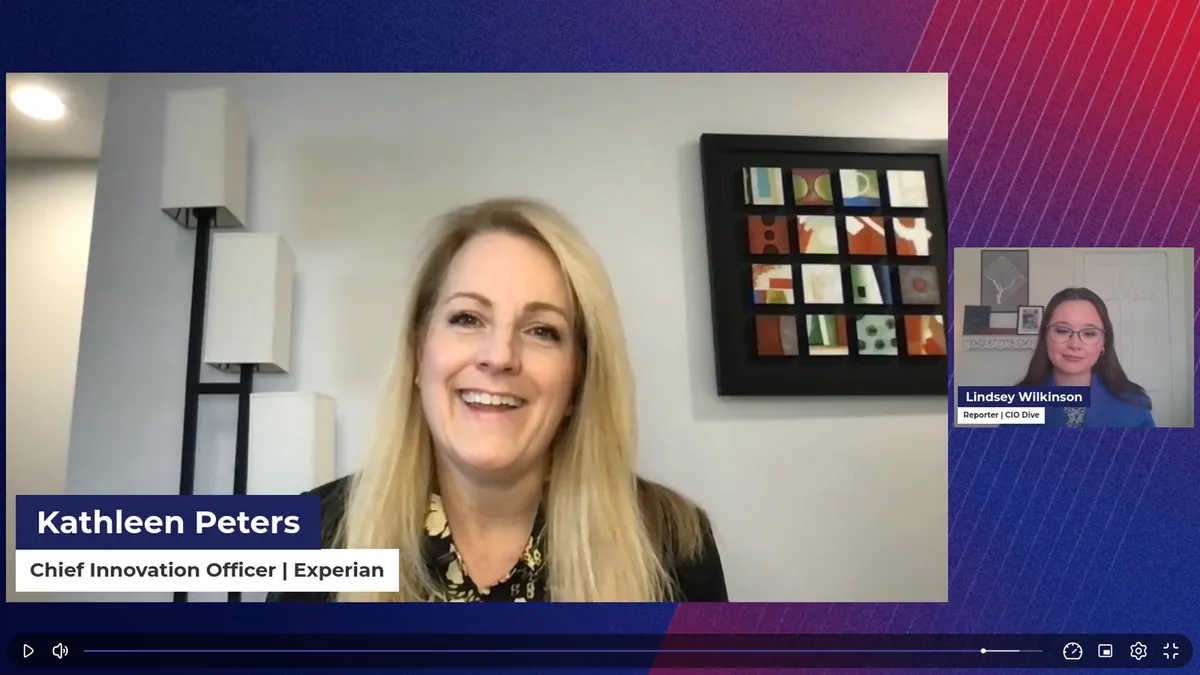Editor's note: This article originally ran in July. Because of its day-to-day relevance, we pulled it from the archives.
It's taken more than 30 years for customer relationship management (CRM) systems to go from Rolodexes to artificial intelligence. The market is saturated with vendors who overlap services but remain competitive enough to differentiate through customer experience (CX).
However, there are some vendors, like Salesforce, that are better at that differentiation.
Salesforce rode the cloud all the way to becoming the most dominant player in the CRM market, even though it's in good company with Microsoft, Oracle, SAP and Adobe. As of April 2018, Salesforce leads Gartner's Magic Quadrant for CX and CRM customer engagement.
Its strength lies in its ability to extend itself beyond serving as just a CRM provider: Companies that use Salesforce rely on it for strategic advising, according to Gartner.
Departments across businesses have different relationships with customers or clients, yet they all need to rely on a single CRM platform. Organizations have to adapt by adding augmentative technologies, like from a CRM's app economy, to "enhance the core," according to a Gartner report.
But before CRM providers are able to address all the needs of a business, they need to address their own shortcomings.
Phases of CRM
About thirty years ago, CRM was synonymous with sales force automation, and overtime its functionality just expanded, said Julian Poulter, research director at Gartner, in an interview with CIO Dive. It used to be "largely internal-focused," but now the customer or client "factors in quite highly."
Historically, there was limited transparency in a salesperson's leads and it was a black box to sales leaders and managers. Additionally, CRM was expensive and difficult for businesses to implement on on-premise servers. Customizations were also a point of contention, especially for small businesses.
CRM has undergone essentially four transformations, according to Byron Matthews, CEO of Miller Heiman Group, in an interview with CIO Dive:
- Phase one: The first version of CRM was "when my dad was selling." There were accounts, contacts and opportunities — they just weren't organized in a technology.
- Phase two: CRM then graduated beyond a Rolodex. It was a packaged software put together to create a common system for all organizations to use. It helped put "a little bit more science around the sales organization."
- Phase three: When the third version of CRM rolled out, so had the cloud, which allowed CRM platforms to scale.
- Phase four: The fourth and current stage of CRM is all about building a tool for salespeople to sell more using automation and insights into prospects' behaviors. CRM platforms today should augment a salesperson's behavior and effectively tell them how to behave.
But the fundamental problem with CRM in version three and to some extent now, is that it was never built for the salesperson to sell more. It was built for the sales leaders and managers, said Matthews.
When CRM helps salespeople with the actions they need to take and learns how an individual sells, it can provide advice on the next opportunity. But the next phase of CRM breakthroughs need to evolve enough to help change the behaviors inside of a deal.
Salesforce is a force of nature
During the late 1990s, Amazon debuted a new standard of consumer tools, giving consumers the chance to do things virtually over the web and in the cloud.
Salesforce's leadership wanted to take that same business-to-customer approach and bring it into the business-to-business world "where enterprise software could be as easy as a consumer buying a book on Amazon," said Robin Grochol, VP of Product Management of Sales Cloud at Salesforce, in an interview with CIO Dive.
Salesforce was one the first CRM providers that "rode or created the sort of cloud wave," said Poulter. In doing so, its existence on the cloud attracted tens of thousands of small businesses and then eventually added on customer service that provided more of the integration. Its suite began to round out, "but their differentiation in particular features or functionality is hard to prove."
The top CRM has kept its momentum going with aggressive sales, but currently, their lead has a lot to do with artificial intelligence and how it's helping provide recommendations to users, said Poulter.
AI is Salesforce's next cloud and its reaction to the fourth phase of CRM, according to Matthews. The company's AI platform, Einstein, is layered throughout its CX platform. Einstein was introduced in September 2016 and has exceeded expectations by making more than 2 billion predictions daily.
Salesforce's suite began to round out, "but their differentiation in particular features or functionality is hard to prove."

Julian Poulter
Research director at Gartner
This is an important move because about one-fifth of all customer service interactions will be done by AI by 2022, which is a staggering increase of 400% from 2018, according to Gartner.
Sales is an art and a science and AI is serving to augment the art side, Grochol said. The art of a sale is in part from a salesperson's gut feeling; the science or AI, steps in to help a salesperson make more concrete or accurate decisions.
However, just like the cloud, there are challenges of being one of the first adopters of a new technology. Salesforce has had to educate customers and "[show] customers a vision for how things can be different," said Grochol. It's taken some time but the CRM market and Salesforce have evolved "into more of an action-oriented experience," she said. "It's a lot about action, guidance."
It's not so lonely at the top
Vendors in the CRM space tend to just copy what the best are doing and that happens all the time, according to Poulter. "It's a very buoyant market space," guaranteeing overlap and making Gartner's rankings of the market have "shades of grey" because all the top vendors score relatively close.
And just like any software or service, a single provider doesn't always hit every nail on the head. Where some vendors are strong in some areas, they fall short in others. For example, Salesforce is No. 1 in customer service and sales, but falls to second place in marketing and third in commerce, according to Poulter.
To decide what platform is best for a company, Poulter admits businesses seek advice from people like him: analysts.
More mature CRM platforms helped put "a little bit more science around the sales organization."

Byron Matthews
CEO of Miller Heiman Group
The first thing companies need to do is define what they want to achieve. "There's this constant tension between 'do I buy a suite and a platform that does everything, but maybe not so well?' or 'do I buy 45 different best-of-breed products and worry about integrating them?'"
Neither of the extremes are necessarily correct; there is a balance somewhere in between.
Part of the advancement of CRM is helping a company decide how to treat a customer, and the apps available in app exchanges can help "plug the gaps," according to Poulter. Having a platform with apps that are able to talk to each other is key and makes whatever a business is selling much easier.
Having an extensive app economy, even for leading companies like Salesforce, is the "skin around [them]," according to Matthews.
But at the end of the day, a good CRM provider allows a business to see a single view of a customer, trends and prospects. If a business "wants to do all the sexy stuff with AI, [it's] got to have good quality data," which is a solid view of the customer including interactions, behavior and history, said Poulter.























